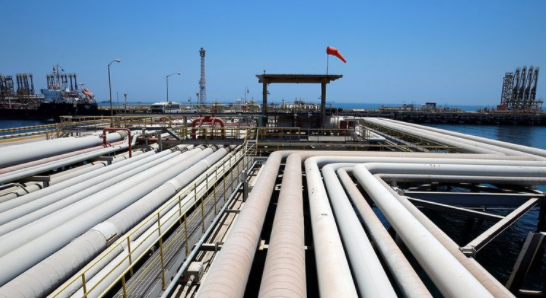If low investment scenario persists, it will set off instability in energy markets
Dubai: The biggest threat to the oil industry is that investments may not start flowing back to levels seen before the pandemic.
“Even if we have peak oil demand some time today or a decade from now, you still have a decline rate,” said Majid Jafar, CEO of Crescent Petroleum in Sharjah. “But you need to be investing and replacing – and my concern is the investment drop-off we’ve had this year continue into the future. We could see real price spikes and instability in the oil markets,” he added.
Total committed spending on oil and gas project sanctioning will drop to around $53 billion this year, from $190 billion in 2019, according to Norway-based consultancy Rystad Energy.
Speaking on the topic of renewable energy and reducing emissions, Jafar said: “The growth of emissions is not in Europe or the US. It hasn’t been growing in Europe – it’s been declining since the 70s before we even knew about climate change.
“It’s growing in China and India, and they are adding a new coal plant a week. And unless we find a way to decarbonize Asia, we will never really tackle climate change.”
Slow-paced recovery
Iraq’s oil minister said global oil demand will only recover in 2023 from the impact of the pandemic. Demand in 2021 will be similar to “third quarter or fourth of 2020”, and recovery will begin in earnest in 2022, said Abdul Jabbar Ismaeel.
Iraq will continue to honor its commitments with international oil companies, he added. The Arab country was the second largest OPEC producer in 2019 with 4.6 million barrels per day (bpd).
In its latest report, OPEC cut 2021 oil demand estimates by 800,000 bpd due to a “lower economic growth outlook.” Oil prices have lost more than a third of their value this year.
To support prices, OPEC and its allies, collectively known as OPEC+, are cutting production by 7.7 million barrels per day (bpd), down from previous output curbs of 9.7 million bpd.




